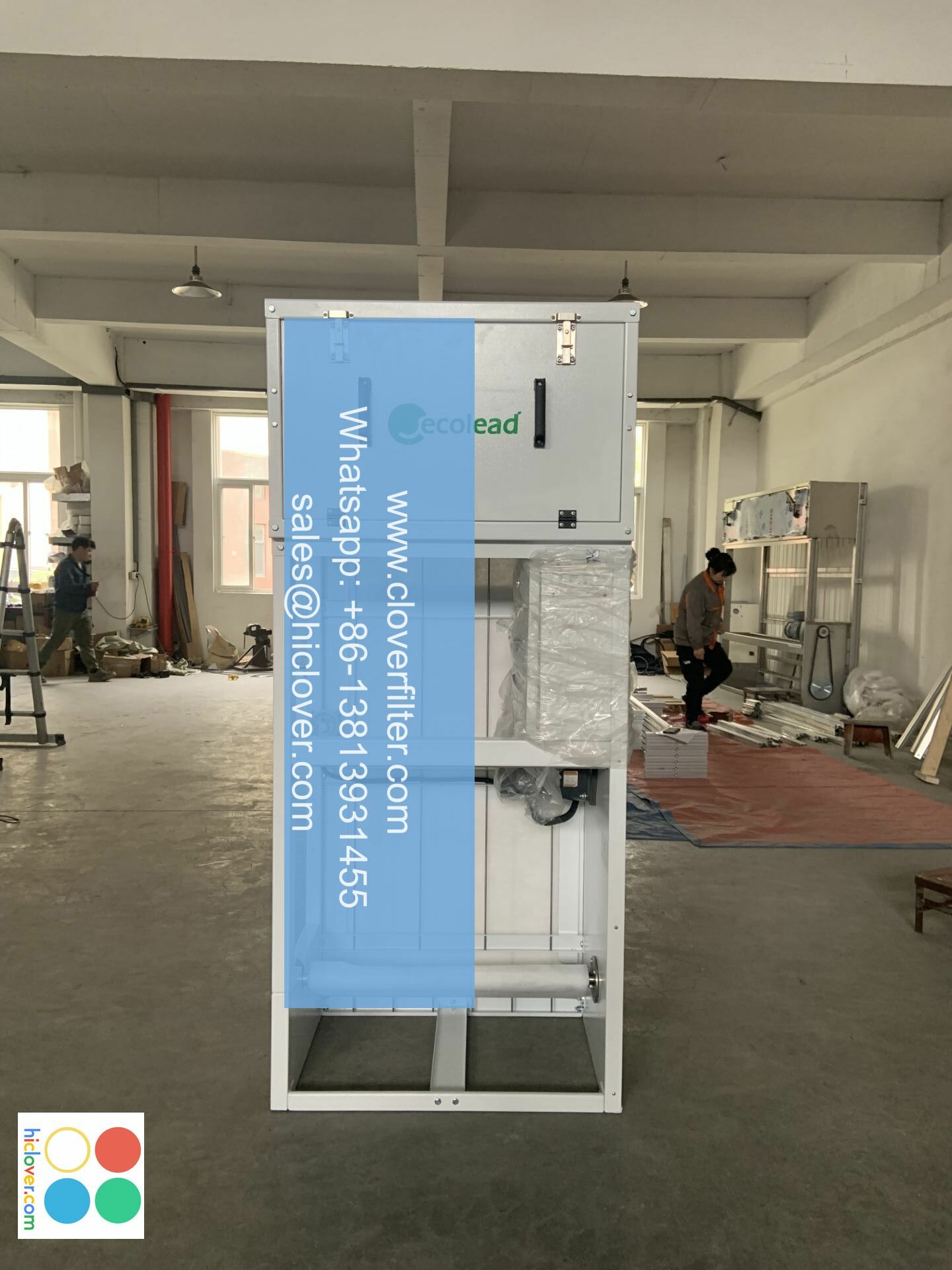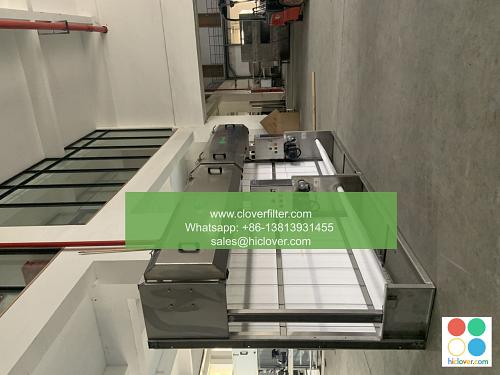Air Filter Design for Cleanroom Construction for Energy Efficiency

Cleanrooms are controlled environments that require precise temperature, humidity, and air quality conditions to ensure the production of high-quality products. One crucial aspect of cleanroom construction is the air filter design, which plays a significant role in maintaining the cleanliness and energy efficiency of the space. In this article, we will discuss the importance of air filter design in cleanroom construction and explore ways to optimize energy efficiency while maintaining high-performance filtration and Indoor Air Quality (IAQ).
Importance of Air Filter Design in Cleanroom Construction
Air filters are a critical component of cleanroom Heating, Ventilation, and Air Conditioning (HVAC) systems, as they remove particles, contaminants, and microorganisms from the air to maintain a Class 100 or ISO 5 cleanroom environment. A well-designed air filter system can help minimize energy consumption, reduce operating costs, and prolong the lifespan of HVAC equipment. Moreover, a properly designed air filter system can also improve worker health and product quality by preventing contamination and ensuring a stable environment.
Design Considerations for Energy-Efficient Air Filters
To optimize energy efficiency in cleanroom construction, the following design considerations should be taken into account:
- Filter Media: The type and quality of filter media used can significantly impact energy efficiency. High-efficiency particulate air (HEPA) filters, for example, can capture 99.97% of particles as small as 0.3 microns, but may require more energy to maintain air flow.
- Filter Configuration: The arrangement of filters, including the number and location of filters, can affect energy efficiency. A modular filter design can help reduce pressure drop and energy consumption.
- Air Flow Rates: Optimizing air flow rates can help minimize energy consumption while maintaining cleanroom air quality standards. Variable air volume (VAV) systems can be used to adjust air flow rates based on occupancy and production levels.
- Fan Selection: The selection of high-efficiency fans can also contribute to energy efficiency. Direct drive fans and liebert fans are examples of energy-efficient fan options.
- Pharmaceutical manufacturing: Cleanrooms are used to produce medicines and vaccines, requiring high-purity air and strict temperature control.
- Semiconductor manufacturing: Cleanrooms are used to produce microelectronics, requiring ultra-high purity air and precise temperature control.
- Biotechnology research: Cleanrooms are used to conduct biological research, requiring sterile environments and precise temperature control.
- Food processing: Cleanrooms are used to produce food products, requring high-purity air and strict temperature control.
Application Areas for Energy-Efficient Air Filters
Energy-efficient air filters can be applied in various cleanroom construction projects, including:
Conclusion
In conclusion, air filter design plays a critical role in cleanroom construction, and optimizing energy efficiency is essential to minimize operating costs and environmental impact. By considering design factors such as filter media, configuration, air flow rates, and fan selection, cleanroom designers and operators can create energy-efficient air filter systems that maintain high-performance filtration and Indoor Air Quality (IAQ). As cleanroom technology continues to evolve, the importance of energy-efficient air filter design will only continue to grow, driving innovation in cleanroom construction, HVAC systems, and air filtration technology.
It seems like you’re ready to start a conversation or ask a question, but you haven’t provided a specific prompt yet. What’s on your mind? Would you like to discuss something in particular, ask for advice, or maybe learn about a new topic? I’m here to help with any questions or topics you’d like to explore!


